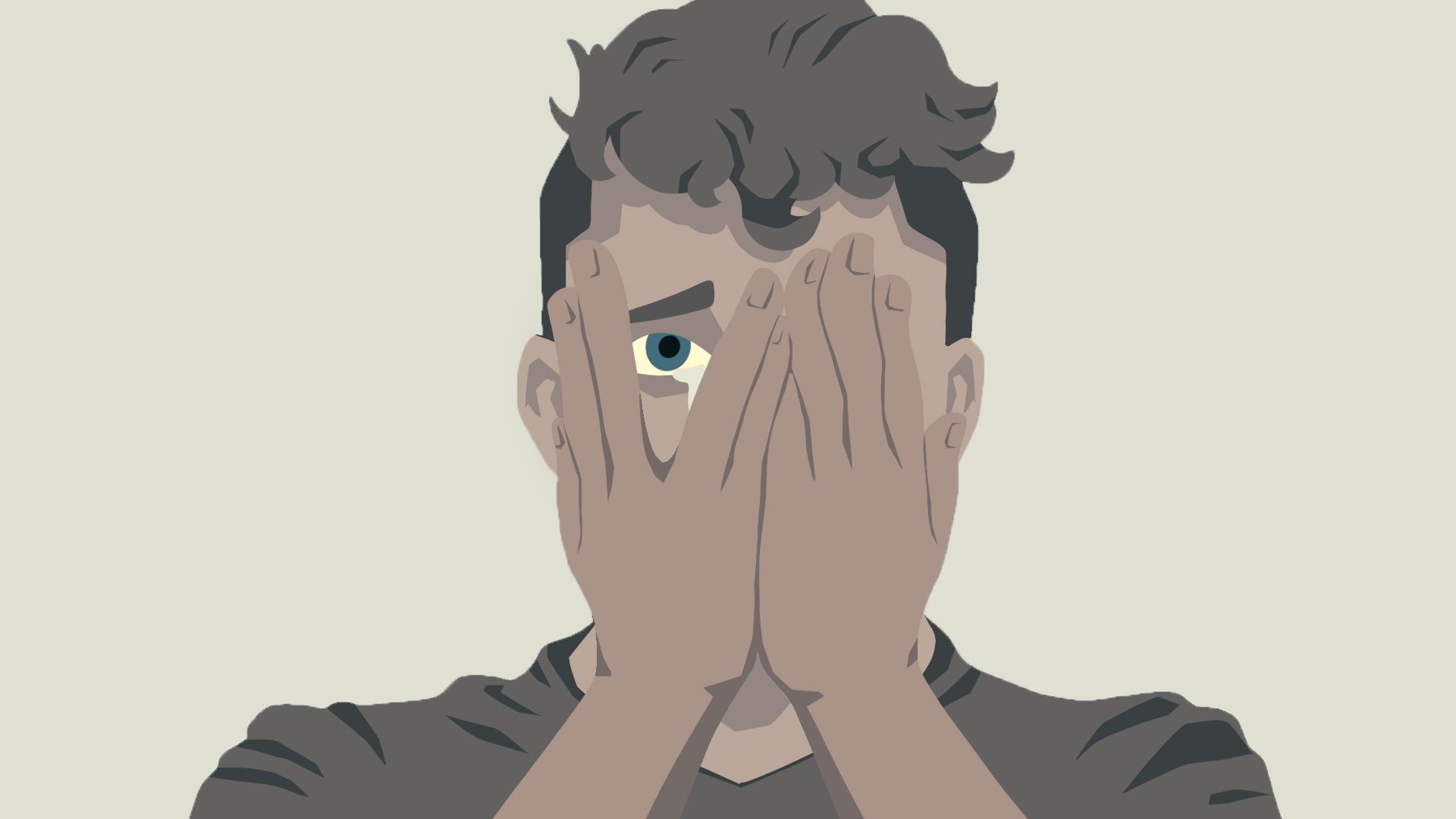Benefits of crying
- You feel better afterwards: Several studies have found that people feel better after they have "induced" crying. It seems that watching a sad or touching movie, or listening to music that brings tears to your eyes, is actually good for you.
- Relationships deepen: Research suggests that people who cry are perceived as friendly/empathetic, and others feel closer to them and have a desire to help them. Most of us have experienced that a conversation with a friend who started crying led to a deeper connection.
- You are more in touch with what is important to you: All emotions serve the purpose of telling yourself and others something. Crying tells you that you have, or are at risk of losing, something that is important to you. It is painful, but it also means that you understand what is important to you and what you want more of in life. Furthermore, it can motivate you to appreciate what you already have or fight to not lose something.
- You save energy by not suppressing emotions: If you actually have a need to cry but exert yourself to avoid it, it can have several negative consequences. For example, you may avoid crying by changing the subject from what is painful, distancing yourself from people, isolating yourself at home, trivializing your problems by joking about them, etc. Such strategies consume a lot of energy, can cause tension and muscle pain, and lead to a greater sense of distance from yourself and others. You show something different from how you feel on the inside—it can easily feel lonely or inauthentic in the long run.
Different types of crying
You may be thinking, "But I only feel worse when I cry!" Both researchers and most people have different opinions and experiences regarding whether crying makes things feel better or worse. One explanation for this is that there are different types of crying:
- Sadness/grief crying – The crying is associated with a sense of loss. It can be the loss of a person, an animal, a relationship, a hope, an idea, or anything else. This type of crying often feels meaningful, follows a sort of wave-like pattern where it becomes stronger and eventually subsides. You usually experience relief afterwards.
- HHelpless/hopeless crying – This type of crying can feel more like despair or emptiness, and maybe it feels like it has no end? Here, you might need to focus on solutions and what you can do to move forward, rather than lingering in the hopeless crying.
- Stress crying – Many people get tears in their eyes when they're stressed; it's simply a physiological expression of activation and stress in the body. This type of crying is an expression that you're overwhelmed and need a break, some calm, support, or help with the problem that's causing you stress.
- Anger crying – Some people start crying when they're actually angry or frustrated. It can be annoying or embarrassing because you often want to appear clear or powerful, but your body does something completely different. In such cases, what you need is to try to convey what the anger is trying to say—most often, it's about the need to set boundaries or assert your opinion or needs.
- Moral/empathetic crying – You know that feeling when you watch a video of someone doing something brave and kind, or when a father gives a touching speech to his son and you feel the tears welling up? Researchers call this moral tears, and it's something we develop as adults. This type of crying is an expression that our values are touched and rewards good deeds.
Summary
Crying has a range of benefits for your well-being and your relationships. Therefore, the general recommendation is to let the tears flow when the situation allows for it. If you find that crying creates problems for you, it may be helpful to ask yourself what you truly need. Draw inspiration from the list of different types of crying to see if there's something you can do to meet your needs.
